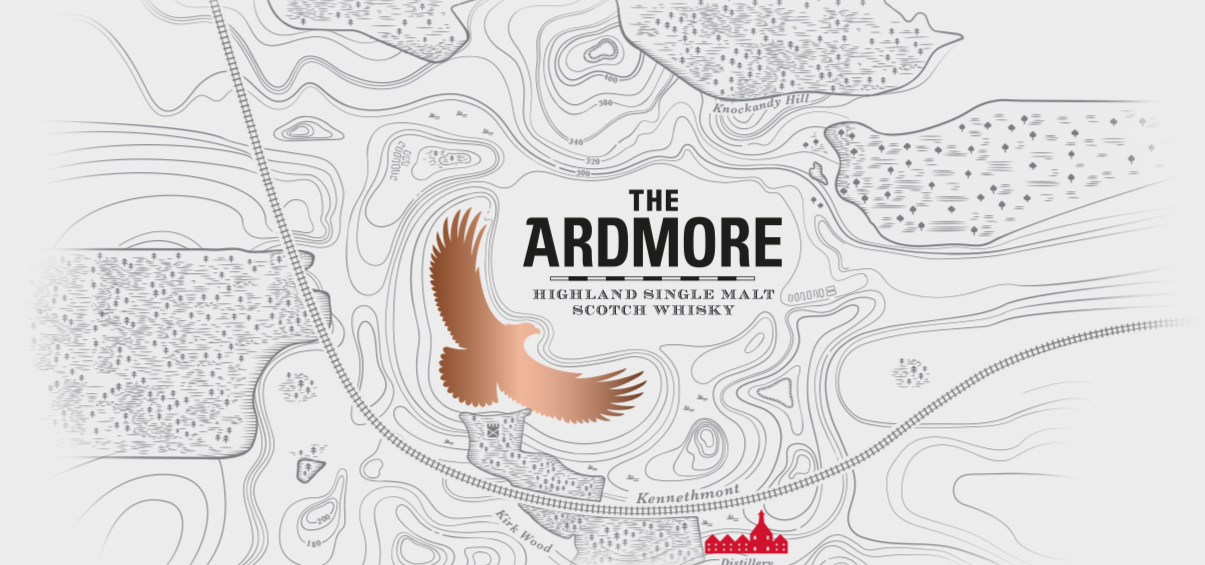ARDMORE DISTILLERY
Highland Single Malt scotch Whisky
Ardmore is a large Victorian distillery, its heft and scale sticking out from its rural surroundings. It is the last distillery to adopt a peated Highland malt style, and the second-last distillery to retain coal fires under its stills.
About
The woodsmoke-like peatiness finds a perfect harmony with a gentle apple and floral note, thanks to a process that emphasizes clear wort and prolonged fermentation in wooden washbacks. The once-raging fires beneath the stills imparted a robust mid-palate weight, complemented by the downward-facing lyne arms. After the fires were removed, the distillery team spent seven months designing new steam coils with intentional kinks to recreate the ‘hot spots’ in the stills that had influenced this flavor.
With the introduction of steam, an unpeated variant named Ardlair, after a nearby stone circle, has also been produced.
History
In 1898, Adam Teacher, son of Glasgow blender William Teacher, decided the family business needed its own malt whisky distillery. He chose a site on the outskirts of Kennethmont in rural Aberdeenshire, on land owned by family friend Col. Leith-Hay, whose Leith Hall is open to the public. The location had access to water, nearby peat, and barley-growing surroundings. Crucially, the Inverness-Aberdeen railway ran alongside, allowing Teacher to add a branch line for transporting casks and whisky.
Ardmore has been part of the Teacher’s portfolio ever since, contributing smoke and top notes to a blend that still sells over a million cases worldwide, with India and Brazil as main markets. The original stills were doubled in 1955 and again in 1974. In 1976, it joined the Allied Distillers group, the same year its Saladin maltings stopped operating. Its stills remained coal-fed until 2001.
When Allied was broken up in 2006, Teacher’s, Ardmore, and Laphroaig were acquired by Beam, later becoming part of Beam Suntory in 2014.
Ardmore’s role in blending has meant it rarely appears as a single malt. A quarter cask-finished bottling was released a few years after Laphroaig Quarter Cask but remained limited in scale.
However, it has gained a small yet dedicated following among single malt enthusiasts who seek out independent bottlings, especially those from Gordon & MacPhail and Signatory Vintage.
Highland Region
Highland is the greatest of all whisky regions and provides a huge variety of different flavours and characters. It goes from the lighter whiskies all the way through salty coastal malts. While malts from the West Highland distilleries tend to have a sweet start and dryish finish, the far North Highland malts character are greatly influenced by the local soil and the coastal location of the distilleries giving light bodied whiskies with a spicy character and a dryish finish, sometimes with a trace of saltiness. Central, Southern and Eastern Highland malt whiskies are generally quite a mixed bunch. Fruity and sweet. They are lighter bodied with a tendency to have a dry finish.
